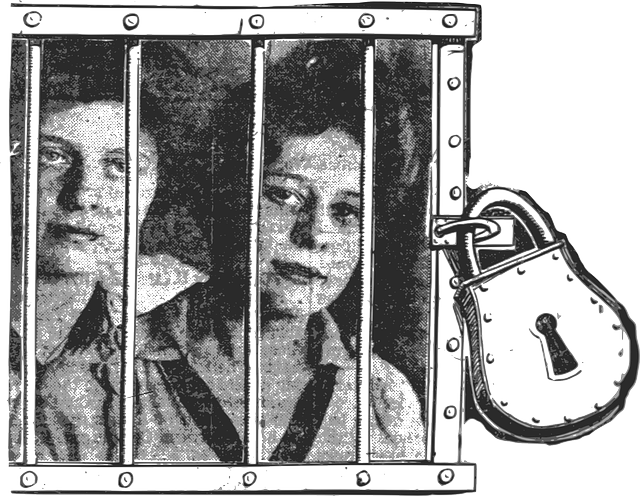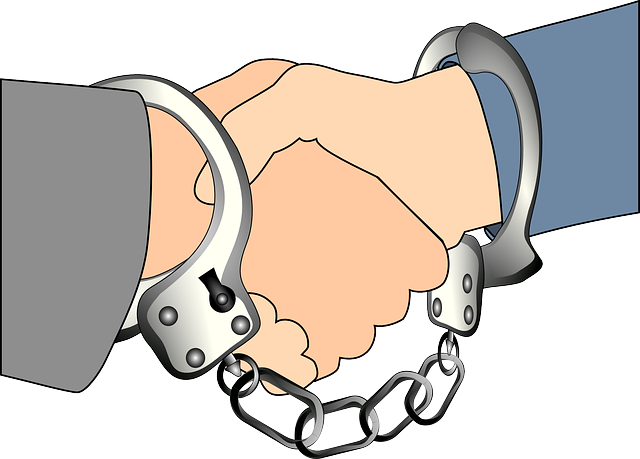Ride-sharing drivers face unique legal challenges under DUI laws, operating under a 'strict liability' policy that holds them fully responsible for impaired driving, regardless of circumstances. Grey areas around "on duty" definitions and impairment interpretations create complexities, exacerbating risk during peak hours. Closing legislative loopholes enhances road security and justice; the rise in Ride-Sharing Driver DUI Defense cases highlights this need. Proactive measures like random testing, license suspensions, and zero-tolerance policies have significantly reduced intoxicated drivers in services like Uber or Lyft. To mitigate risks, the industry must prioritize stringent background checks, regular training, and advanced technology for enhanced accountability and driver safety.
In today’s shared mobility landscape, understanding Ride-Sharing Driver DUI Defense is paramount. This article delves into crucial aspects of DUI laws specific to ride-sharing drivers, exposing common loopholes that have long plagued the industry. We explore the impact of closing these legal gaps and present strategies for robust defense. Through case studies, we highlight success stories, and gaze towards a future where enhanced safety and fairness become the norm for ride-sharing drivers.
- Understanding Ride-Sharing Driver DUI Laws
- Common Loopholes in DUI Defense for Ride-Share Drivers
- The Impact of Closing These Legal Gaps
- Strategies for Effective DUI Defense in the Ride-Sharing Industry
- Case Studies: Success Stories of Closed Loopholes
- Future Outlook: Enhancing Safety and Fairness for Ride-Sharing Drivers
Understanding Ride-Sharing Driver DUI Laws

Ride-sharing drivers, while providing a convenient and often safer alternative to traditional taxis, face unique legal challenges, particularly when it comes to DUI (Driving Under the Influence) laws. Understanding these laws is crucial for both drivers and passengers’ safety. When a ride-sharing driver is involved in an incident related to impaired driving, strict penalties can be imposed due to the nature of their work.
In many jurisdictions, Ride-Sharing Driver DUI Defense operates under a ‘strict liability’ policy, meaning drivers are held responsible for any legal consequences resulting from operating a vehicle while under the influence, regardless of personal circumstances. This is in contrast to traditional driving cases where defenses like self-defense or lack of intent might be considered. As such, ride-sharing drivers must exercise utmost caution and adhere strictly to local laws and regulations to protect themselves from severe legal repercussions.
Common Loopholes in DUI Defense for Ride-Share Drivers

The rise of ride-sharing services has brought significant changes to the transportation industry, but it also presents unique challenges for drivers facing DUI (Driving Under the Influence) charges. Common loopholes in DUI defense for ride-share drivers often stem from the specific legal grey areas surrounding their work. One notable gap is the lack of clear guidelines on when a driver is considered “on duty.” Since many ride-sharing apps provide real-time requests, drivers may struggle to differentiate between personal and professional use, leading to potential legal complications if they are involved in an incident while accepting or completing a trip.
Another loophole involves the interpretation of “impairment.” Ride-share drivers who have consumed alcohol but feel capable of safely navigating routes can fall victim to strict DUI laws. The mere fact that they are behind the wheel, even without displaying obvious signs of intoxication, may be used against them in court. This is particularly problematic during peak hours when demand is high, encouraging some drivers to take risks they wouldn’t typically consider under normal circumstances.
The Impact of Closing These Legal Gaps

Closing legal gaps, especially in areas like ride-sharing and driver safety, has a profound impact on road security and justice. For instance, the rise of Ride-Sharing Driver DUI Defense cases highlights the need for clear regulations and protections. By addressing these loopholes, lawmakers can ensure that drivers, whether traditional or through ride-sharing platforms, are held accountable for their actions under the influence of alcohol or drugs.
This proactive approach not only strengthens public safety but also fosters a fairer legal system. Clear guidelines and stringent enforcement reduce the potential for ambiguity, ensuring that everyone on the road faces consistent consequences. As a result, communities can experience reduced rates of drunk driving incidents and subsequent accidents, leading to safer streets and a more just legal framework for all participants.
Strategies for Effective DUI Defense in the Ride-Sharing Industry

In the ride-sharing industry, ensuring a robust Ride-Sharing Driver DUI Defense strategy is paramount to mitigate risks and protect operators’ livelihoods. With increasing regulatory scrutiny and public awareness regarding drunk driving, drivers must be equipped with knowledge of their rights and legal defenses. One key approach involves understanding and leveraging specific loopholes and gaps in current legislation. For instance, knowing the definition and limitations of “impaired” driving can significantly strengthen a defense. Not all substances or levels of intoxication automatically render a driver impaired under the law, offering potential avenues for argument.
Additionally, ride-sharing companies should encourage drivers to document every trip meticulously, including time, location, and passenger details. This data can serve as crucial evidence in challenging DUI allegations, demonstrating that the driver was operating within legal parameters or that their actions were not indicative of impairment. Regular training sessions on DUI laws and defensive driving techniques are essential for keeping drivers informed and prepared. These strategies collectively contribute to a comprehensive Ride-Sharing Driver DUI Defense, fostering a safer environment for both drivers and passengers alike.
Case Studies: Success Stories of Closed Loopholes

In recent years, several jurisdictions have witnessed remarkable success stories in closing loopholes that once offered a loophole for ride-sharing drivers involved in DUI (driving under the influence) cases. These case studies highlight the effectiveness of implementing stricter regulations and enhanced screening processes within the ride-sharing industry. For instance, some cities have mandated random drug and alcohol testing for drivers, significantly reducing the instances where intoxicated individuals manage to operate these vehicles.
A notable example is the introduction of a zero-tolerance policy in major urban centers, which has led to severe consequences for any driver found guilty of DUI while behind the wheel of a ride-sharing vehicle. This includes mandatory license suspension and heavy fines. As a result, such measures have deterred many potential offenders and ensured that passengers’ safety is prioritized. These success stories demonstrate that proactive approaches can effectively close gaps exploited by loopholes, fostering a more secure environment for both drivers and riders alike, particularly in the context of ride-sharing services like Uber or Lyft.
Future Outlook: Enhancing Safety and Fairness for Ride-Sharing Drivers

As technology continues to shape the future of transportation, ride-sharing services have become an integral part of our daily lives. However, with increased usage comes unique challenges, particularly in ensuring safety and fairness for drivers. One significant concern is the issue of driver impairment, often highlighted by cases involving Ride-Sharing Drivers under the influence (DUI). Closing this gap is crucial to protect both passengers and drivers alike.
Looking ahead, the industry must focus on stringent background checks, regular training programs, and advanced technology to deter DUI incidents. By implementing robust safety measures, ride-sharing companies can enhance accountability and foster a culture of responsibility among their drivers. This future outlook promises not just enhanced safety but also a more equitable environment for Ride-Sharing Drivers, ensuring that they are protected and supported in their vital role.
The landscape of ride-sharing driver DUI defense is continually evolving as legal loopholes are closed, fostering a safer and more equitable environment. By understanding the current laws and emerging strategies, the ride-sharing industry can ensure that drivers are held accountable while providing robust defenses. Case studies demonstrate the positive impact of closing these gaps, leading to improved safety for passengers and reduced risks for drivers. As regulations advance, a balanced approach—enhancing safety measures and upholding fairness—will continue to shape the future of ride-sharing, ultimately strengthening public trust in this vital transportation sector.






